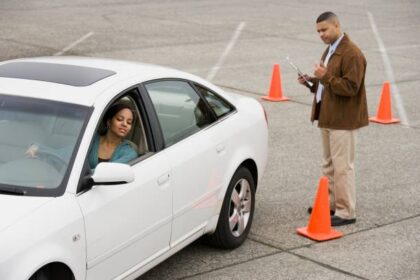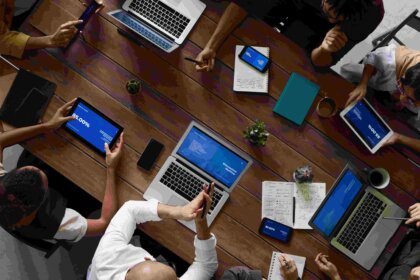In the realm of education, innovative teaching methods are continuously evolving to engage students and enhance learning outcomes. One such method gaining prominence is the integration of milliliters (ml) to milligrams (mg) conversion into educational practices. This practical application of measurement conversion not only strengthens students’ mathematical skills but also fosters a deeper understanding of real-world applications. In this blog post, we’ll delve into the unique educational value of using milliliters to milligrams conversion in the classroom.
Understanding Milliliters to Milligrams Conversion:
Milliliters and milligrams are units of measurement commonly used in science, mathematics, and everyday life. Milliliters measure volume, typically of liquids, while milligrams measure mass or weight. Understanding the relationship between these two units and being able to convert between them is essential in various educational contexts, from science experiments to medication dosages.
Enhancing Mathematical Proficiency:
Integrating milliliters to milligrams conversion into the curriculum provides students with practical opportunities to apply mathematical concepts in real-world scenarios. By engaging in conversion exercises, students develop critical thinking skills, numerical fluency, and problem-solving abilities. These mathematical skills are transferable across different subject areas and are essential for academic success.
Fostering Real-World Relevance:
- One of the key benefits of using milliliters to milligrams conversion in education is its real-world relevance. Students can apply their understanding of these conversions to various contexts, including science experiments, health education, and environmental studies. For example, in chemistry experiments, students may need to measure the volume of a liquid in milliliters and calculate its mass in milligrams to determine its density.
Applications in Science Education:
In science education, milliliters to milligrams conversion is particularly relevant for conducting experiments and analyzing data accurately. Students learn to measure liquids in milliliters using graduated cylinders or beakers and then convert the volume to mass in milligrams using density values. Understanding these conversions is crucial for interpreting experimental results and drawing meaningful conclusions.
Health Education and Medication Dosages:
In health education, knowledge of converting milliliters to grams is essential for understanding medication dosages and nutritional labels. Students learn to interpret dosage instructions on medication packaging, calculate dosages based on patient weight, and understand the importance of accurate measurement in administering medications safely.
Environmental Studies and Pollution Analysis:
In environmental studies, milliliters to grams conversion is used to analyze pollutants, measure concentrations, and assess environmental impact. Students explore the relationship between volume and mass in environmental samples, such as air and water quality measurements. Understanding these conversions is critical for evaluating the health of ecosystems and implementing effective conservation strategies.
Interactive Learning Tools and Resources:
To facilitate learning, educators can utilize interactive tools and resources that provide hands-on experiences with milliliters to milligrams conversion. Online simulations, educational apps, and digital labs offer engaging opportunities for students to practice conversion exercises and explore real-world applications in a virtual environment.
Conclusion:
In conclusion, integrating milliliters to milligrams conversion into educational practices offers numerous benefits for students and educators alike. By enhancing mathematical proficiency, fostering real-world relevance, and providing practical applications in science, health, and environmental studies, milliliters to milligrams conversion enriches the educational experience and equips students with essential skills for academic success and lifelong learning. As educators continue to explore innovative teaching methods, the use of milliliters to milligrams conversion in education will undoubtedly play a valuable role in preparing students for the challenges of the 21st century.









